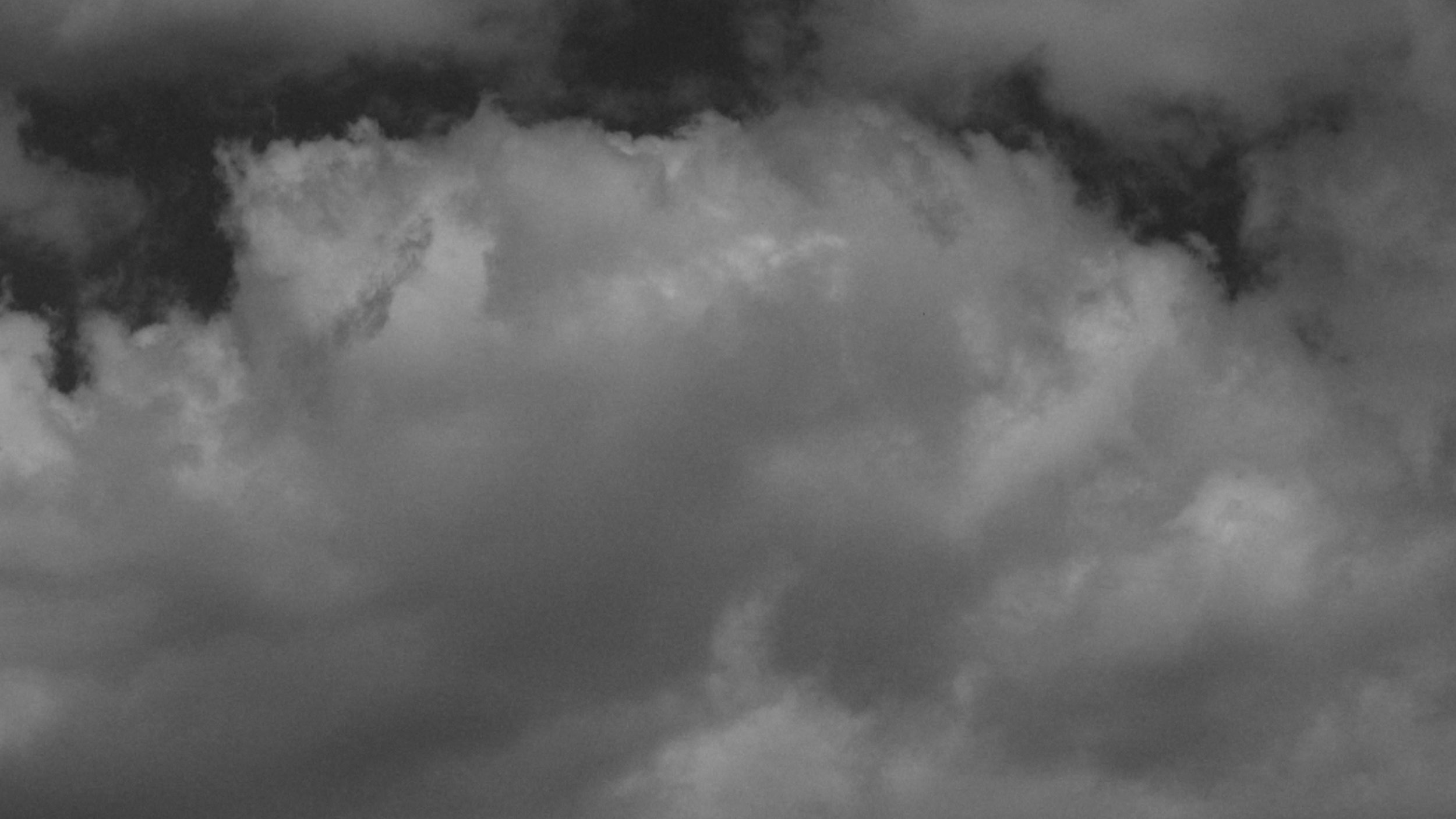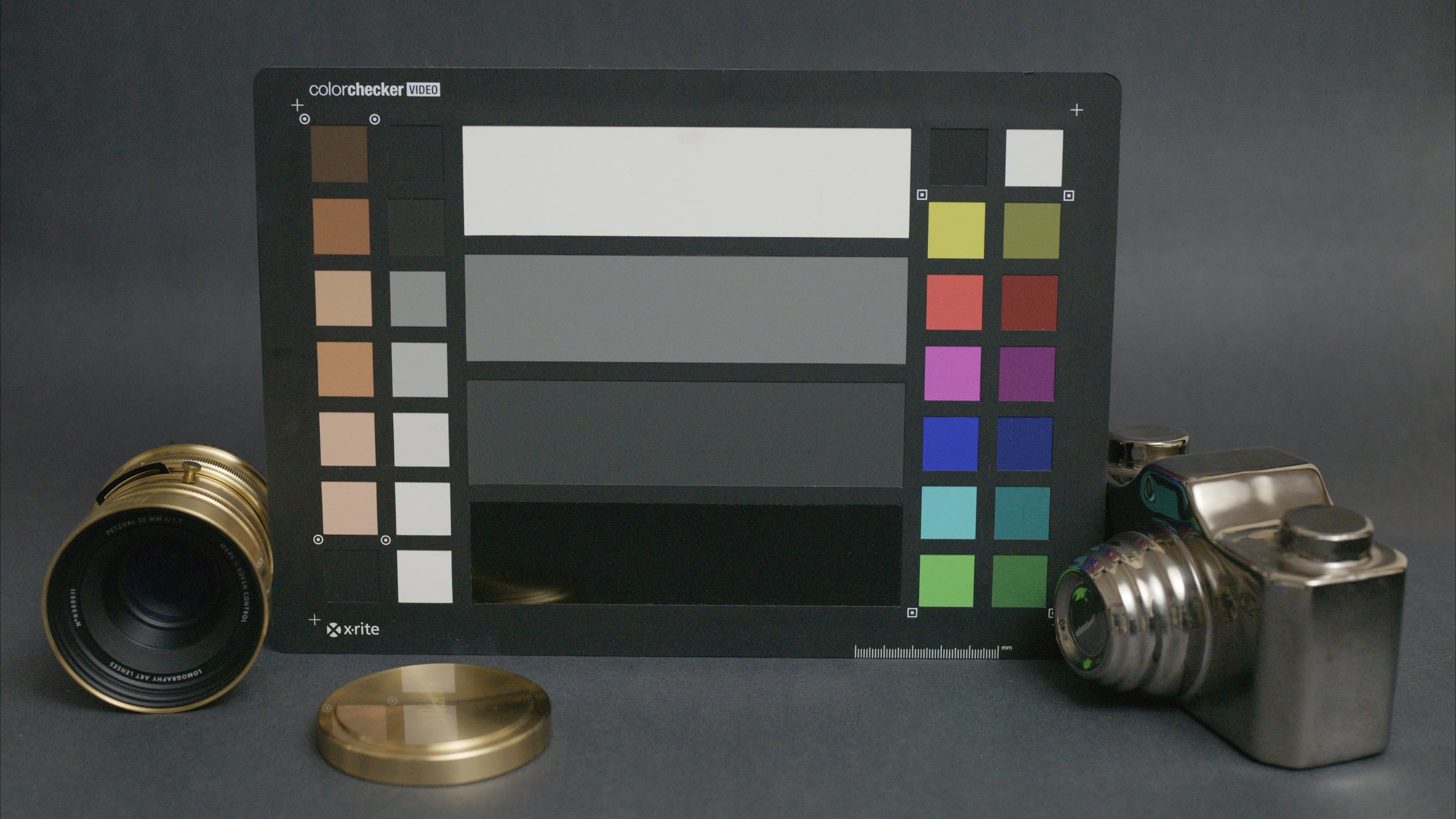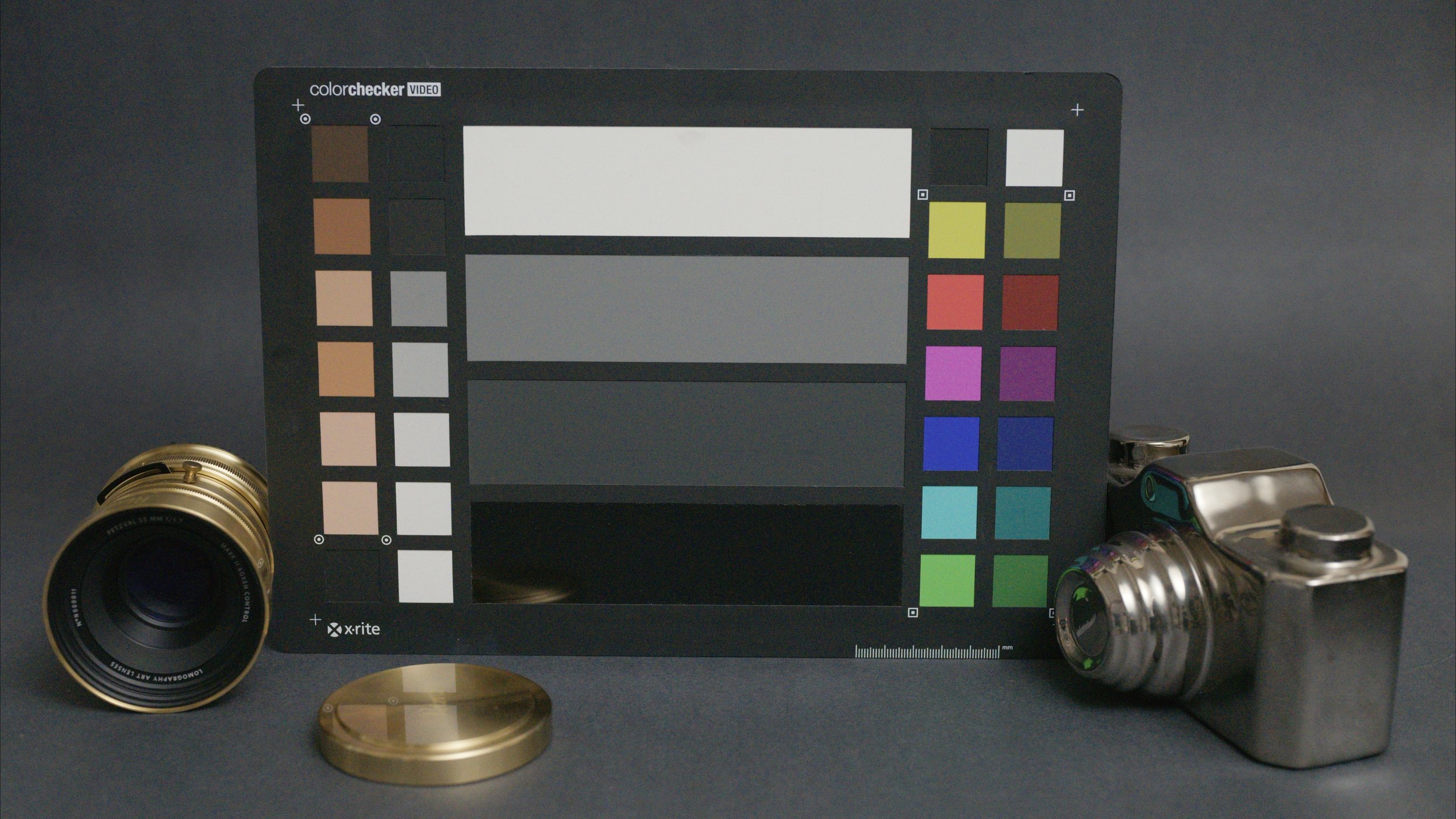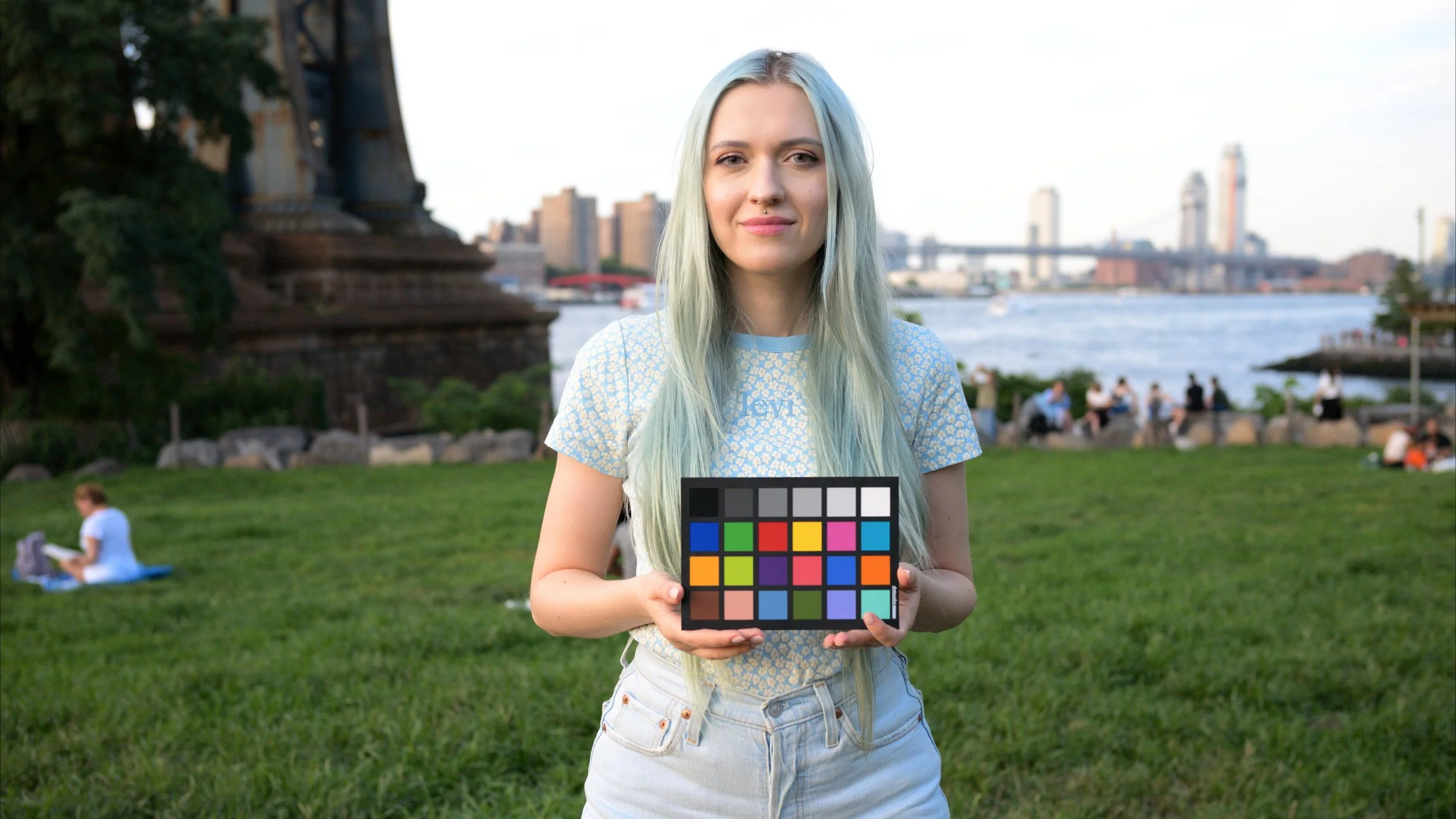Nikon Z6 III Video Image Quality Review
It’s hard to get excited about new cameras, but the new Nikon Z6 III has caught our attention. It has a 6K full-frame sensor with internal RAW recording up to 60p, impressive photo capabilities, low rolling shutter, great ergonomics, and screens, and it retails for $2500. We have been using Nikon cameras for video since the release of the original Z6, so we were eager to get our hands on the Z6 III and evaluate its video-quality capabilities.
Detail and sharpness
The Nikon Z6 III offers a variety of video recording modes, and we tested them all. We captured footage in 6K 60p, 6K 24p, 4K 120p, 4K 60p, and 4K 24p, all using the camera's N-RAW codec.
For the test, we used a Nikon 28-75mm f/2.8 lens, shooting at an aperture of f/5.6 without any filters for optimal sharpness. When comparing the 6K 60p and 6K 24p footage, the results were nearly identical. The image quality was exceptionally sharp, with a great level of fine detail.
When we switched to the 4K modes, we noticed a drop in quality. The image became softer, and there were downsampling artifacts. Interestingly, there was little to no difference between the 4K 60p and 4K 24p footage. But the 4K 120p mode fared worse, with additional cropping, loss of detail, and exaggerated noise.










Furthermore, we encountered banding artifacts when filming in low-light conditions using the 4K N-Raw. This is most likely because the camera uses the line-skipping method for downscaling. Based on these findings, we recommend using Nikon N-Raw in 6K mode, especially when shooting in challenging lighting situations.

Codec comparison
For this test, we decided to skip the ProRes RAW codec since it's not supported in DaVinci Resolve.
Our findings showed that the N-RAW footage was more detailed than the ProRes and H.265 codecs, which appeared similar. When we examined the compression, the results were not surprising. The N-RAW clip retained the finest detail and image texture, with the Apple ProRes codec coming in a close second.






In contrast, the H.265 footage exhibited a noticeable loss of texture, and the fine details appear smeared. This is likely due to the variable bitrate compression used by the H.265 codec, which doesn't allocate enough data to preserve fine detail.



Based on our test, the Nikon N-Raw codec offers the best balance of quality and file size, making it the optimal choice for the Z6 III.
Stabilization
The Nikon Z6 III offers three image stabilization modes that users can choose from.
The "Normal" mode activates the camera's IBIS (In-Body Image Stabilization) system, effectively removing micro-jitters and shakes for static shots.
On the other hand, the "Sport" mode produces similar results to the Normal mode when it comes to walking shots - we didn't notice a substantial difference between the two.
There is also an "Electronic VR" mode available, which crops the image and can only be used when shooting in H.265 or Apple ProRes codec in UHD resolutions. This Electronic VR mode, combined with the IBIS system, provides the best stabilization for handheld walking shots.
While the motion can appear slightly abrupt when panning or tilting the camera when using electronic VR, we didn't observe the typical warping associated with electronic stabilization modes. This integrated stabilization system won't completely replace the need for a gimbal, but it can be a helpful option for handheld filmmaking.
Low Light
Nikon Z6 III's low-light capabilities are decent for a camera of this category. It has a base ISO 800 for N-Log with the second base at 6400. The image is usable to ISO 12800 if there is enough light available.






It's worth noting that Nikon N-Raw files can appear noisier than footage from other cameras. This is because the camera does not apply any internal noise reduction to the raw files.
Black flickering
There have been reports of black flickering in the shadows at higher ISO levels on the Z6 III. We were able to reproduce this issue during our testing, and it seems to affect all Z6 III cameras, not just specific units.
While this flickering problem is unfortunate, we did not encounter such issues in the footage we captured at night or in other low-light conditions. We hope that Nikon will address this through a firmware update.
Color and exposure
Nikon hasn’t changed the color science on the Z6 III, and we can use Z9 or Z8 LUTs on this camera. When filmed correctly, the images look great with natural color balance and pleasing skin tones. Unfortunately, there’s no ability to upload custom LUTs to the camera; instead, we must rely on the video assist feature, which uses the official Nikon LUT.




The problem with Nikon’s assist feature is that it brightens the image by ⅔ of a stop, so it’s easy to underexpose the image while protecting the highlights. Without an external monitor, there’s no way of knowing how the final image will look, and setting the exposure can be tricky even when using a waveform monitor.
Another issue when filming in N-RAW is that the camera will clip the blue channel, leading to oversaturated colors and banding. This is likely because of how Davinci Resolve handles N-RAW processing, because it does not affect ProRes or H.265 footage. The issue can be mitigated by transforming footage to DWG gamma or using Cinema Tools LUTs.



Conclusion
Nikon made an amazing camera packed with lots of features and great image quality. It’s not perfect, the ability to load custom LUTs on the camera should be a default option in 2024 instead of relying on wonky assist. The black flickering is a thing and can be frustrating to see. Nikon N-Log is good, but lags behind Sony and Panasonic log profiles for dynamic range. However, when it comes to video and photo features available in one body at this price, there’s no competition, and it’s one of the best hybrid cameras available today.
